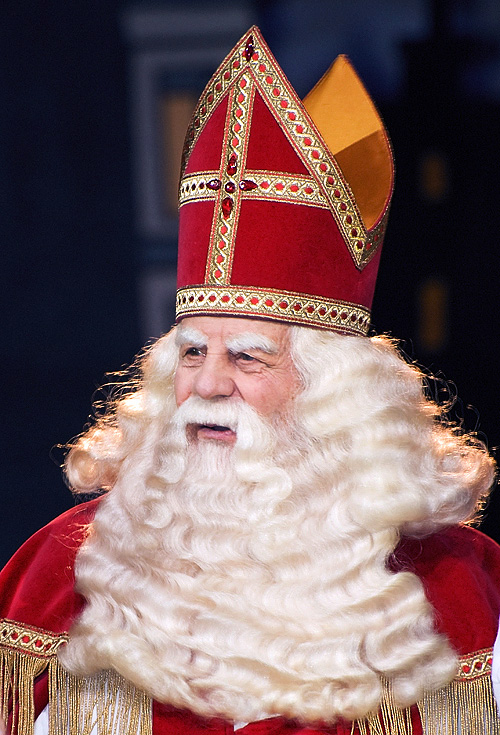Contrary to what you might have expected to read here, I will start by saying that Santa Claus did exist… but not exactly as we know him on Coca-Cola ads
The story of the concept of Santa Claus’ Coca-Cola (as we know it today) goes back to a Bishop that lived in the 4th century in the region which today is Turkey.
This person, being from a wealthy family, was known for helping those who believed in him and his “miracles”. There are even some documented stories about secret gift-giving. This explains why he was also named the saint of the poor, the students, the children, the thieves, etc.
Saints are no superheroes
A saint is not a resurrected guy or someone that lives in the North Pole or some holy spirit descending from the skies. Saints are no superheroes, they are, or were, ordinary flesh and bone guys like you, me, or Mother Theresa.
Nikolaos of Myra, which in Greek means “Victory of the People”, was sanctified about 100 years after his death to become Saint Nicholas… I’m sure it rings a bell now.
Saint Nicholas of Russia
Saint Nicholas was a patron saint of Russia, in fact, across Europe there are countries like Poland, Germany, Belgium, Netherlands, and many others that celebrate his day from the Christian calendar on December 5th or 6th depending on the country.
Apparently, this is taken from around the dates that he was killed by a Roman emperor in those times, ironic isn’t it? From the gift-giving tradition, children (even in present times) hang a boot in their houses´ front doors and if they had been good they would receive a present.
To add more distortion to the story, Nicholas was supposedly taken to Italy after his death to be buried in Bari. Saint Nicholas of Bari happens to still be the same single character we’ve been talking about.
From Europe to America
The story flashes forward to when immigrants from European regions and countries mentioned above started to bring their traditions to the Northeastern part of America.
One of the most dominants were the Dutch communities in New Amsterdam, today New York, whose translation of Saint Nicholas is Sinterklass. Apparently, certain icons and images became more important as people were looking to build non-English traditions after the American Revolution.
One of the most widely accepted adaptations of the man that brings joy and gifts to children, as we know it today, comes from Clement Clark Moore, who is attributed to have written a short poem characterizing Sinterklass as Santa Claus. The poem’s title is “Twas the Night Before Christmas”.
Santa Claus & Marketing
But it was until 1931 that Coca-Cola was struggling to sell their refreshing beverage in winter, so they turned to an illustrator called Haddon Sunblum who concluded that Santa Claus could be associated with Christmas because he represented the spirit of the holidays.
Possibly inspired by bearded icons like Zeus or Odin from the Greek culture and the traditional Bishop stereotype, he managed to mix these concepts into what we know today as the bearded-fat guy who goes around the world giving out presents.
Certainly, even when pulled by reindeer on a sled, this should be a very tiring activity, so he would need something to freshen up, even if it’s winter. The story is as simple as that.
“You are not supposed to take it literally, the story’s for kids… Jesus is Santa Claus for adults!…”
Matt McNamara (NipTuck)…
—————
http://www.trinidadandtobagonews.com/forum/webbbs_config.pl/noframes/read/2705
http://www.helium.com/items/1262920-sant-claus-origin-santa-claus-image-santa-klaus
http://www.suite101.com/content/cocacolas-commercialization-of-santa-claus-a164715
http://www.thecoca-colacompany.com/heritage/cokelore_santa.html



